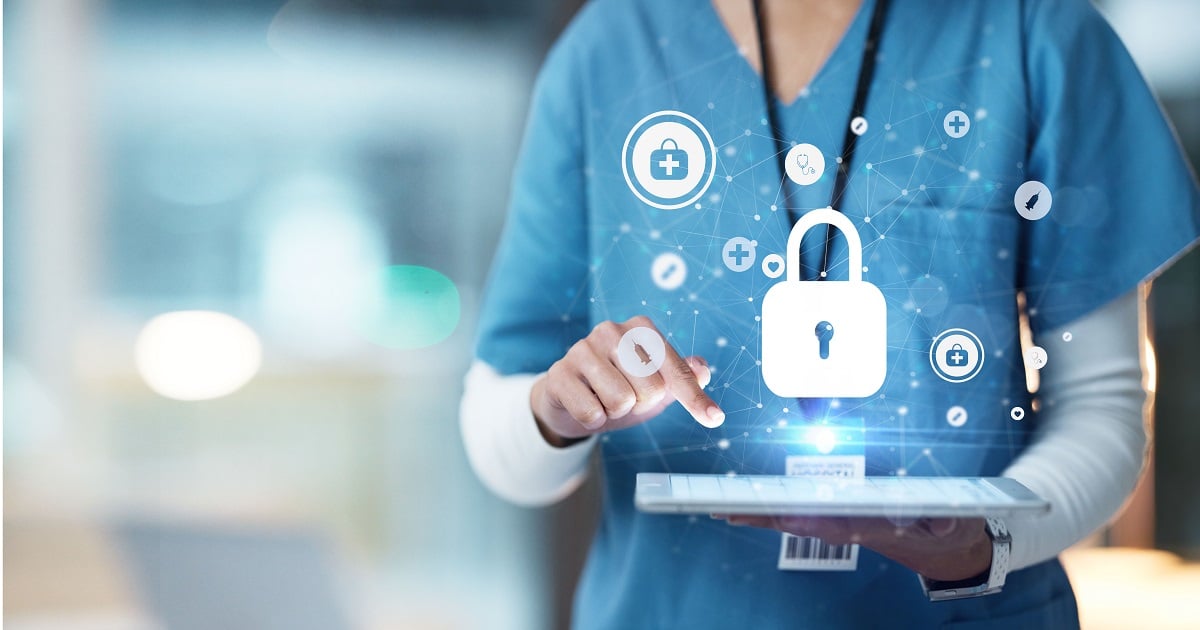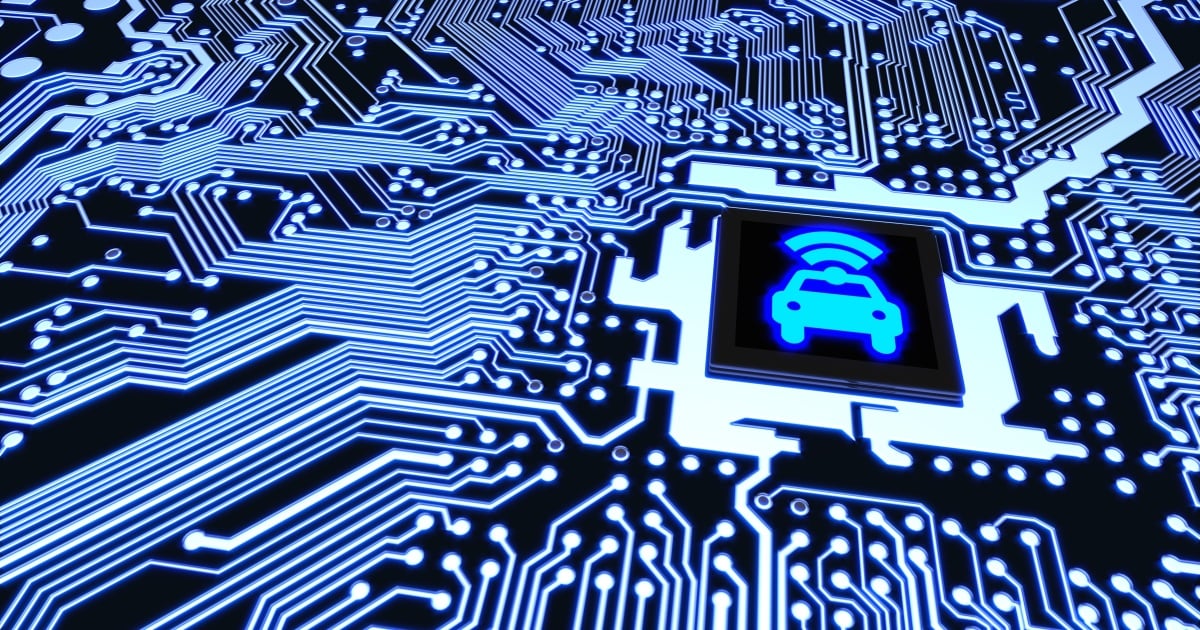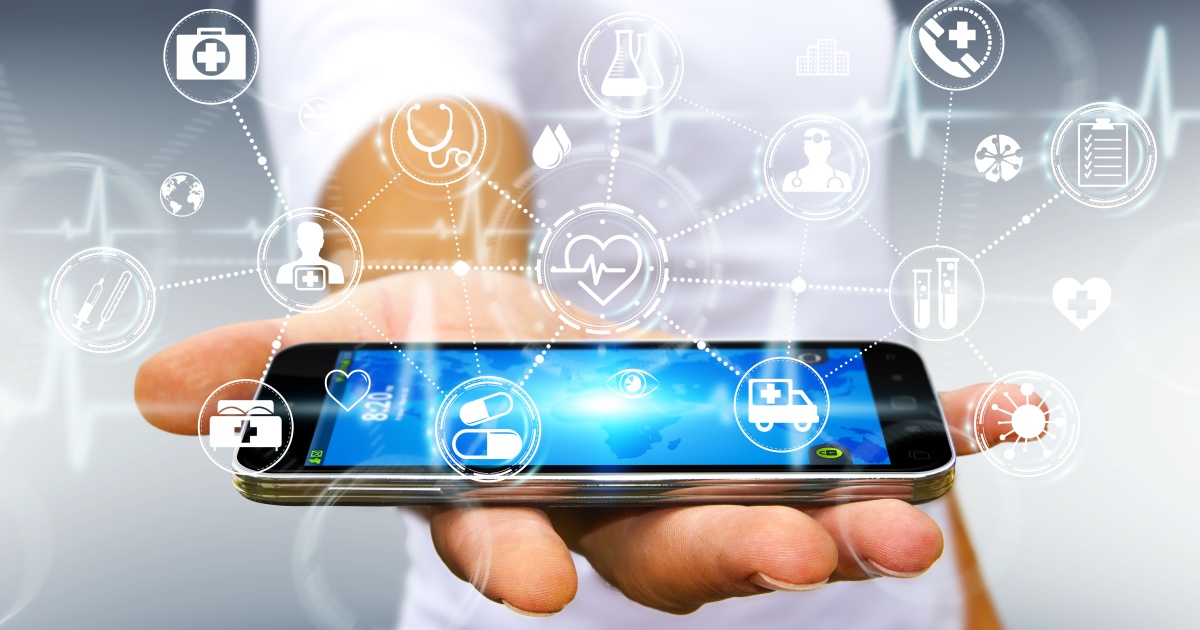
Healthcare is evolving quickly and HIMSS 18 will offer a broad range of healthcare issues to explore.
Healthcare IoT is changing long standing practices and protocols. New requirements are driving health IT priorities and new procedures are emerging. Convergence in the health care sector is accelerating the need for IoT interoperability, not just for EHRs, but also across clinical, financial, and operational systems. This need is also challenging and changing one of the biggest traditions in healthcare—the doctor-patient medical visit.
In the past, patients would simply make appointments to visit their physicians, but now we have IoT and the popularity of apps for Annual Wellness Visits (AWVs) and the growing need for chronic care treatments caused by the opioid epidemic and other behavioral health issues. These trends are causing physicians to be the ones actively pursuing patients, but with both sides reaping the benefits. This new approach to the traditional doctor-patient relationship enables patients to receive better care while clinics and hospitals build up a roster of new and potentially long care patients.
Disrupting this office visit tradition are also larger, long term HIT changes such as IoT apps and the implementation of widespread implementation of Electronic Health Records (EHR) and other healthcare practices. However, these changes spurred many challenges, but also a great deal of opportunities, many of which have yet to be fully capitalized upon. To understand these developments, we need to be cognizant of the increasing opportunities patients and physicians have in interfacing with the healthcare system and the IoT world.
Patients now have more entry points to the dynamic healthcare system than they had even 10 years ago. When Medicare, Medicaid, organ transplantation and synthetic insulin were coming 50 years ago, patients had relatively limited access to healthcare. Those that did often choose to enter the system through a single physician who they had built a long-term relationship with and who served as the conductor of any labs, studies or further consultation from specialists. With the implementation of governmental and private healthcare insurance options, patients had improved access to care, but commensurate with this increased access to care, an increased national health expenditure followed.
With higher costs, healthcare responded by changing the way patients interacted with the system. Beginning in the 70s and continuing into the 80s, the rise of HMOs and capitation attempted to improve national healthcare, but this led to limitations in patients’ choice. It also began the concept of bundling services, cost sharing, and expansion of preventative care. Other managed care plans and a focus on utilization of care continued to decrease costs.
Although many aspects of these managed care structures benefited patients, such as preventative services and prescription coverage, access to services and specific physicians were constrained as "In" and "Out" of network coverage, limiting patient choices. The implementation of EHR’s has established the foundation upon which opportunities are and will be found to improve healthcare quality by improving the decisions being made.
The introduction of IoT and enhanced access of patient data by authorized patients, professionals and algorithms focusing on analytics or artificial intelligence is now a requirement for enhanced patient engagement, improving professionals’ delivery of care, enhancing clinical decision making and optimizing patient outcomes while maintaining choices that are consistent with best practices, patient values and prior empirical experiences.
Evolving Relationship Drives Healthcare Revenue
While the doctor-patient relationship is evolving, hospital systems and physicians must still derive revenue which is at the core of that relationship. The healthcare industry is now looking at revenue which can be generated through the interoperability of AWVs, chronic care and service care transitions between physical and behavioral health services along with IoT integration. Hospitals and healthcare clinics that can connect these services with technologies such as bi-directional information flow will benefit by creating new profit centers of revenue through reimbursements by CMS and private insurers.
“With annual wellness visits and behavioral care management, doctors can reach out to patients rather than waiting for patients to schedule an appointment. This flips the traditional patient-doctor relationship, enabling doctors to spend more time with patients to provide superior care and drives hospital and clinic revenue by bringing in more patients,” said Doug Brown, managing partner, Black Book Research. “Healthcare institutions using cloud based, bi-directional interoperability technologies such as Zoeticx’s ProVizion are a win-win for the healthcare industry.”
Driving this trend are new apps and innovations that address the payment gap caused by medical billing and collections processes with outdated EHR platforms and inoperable systems. New technologies from organizations such as Core Care Medical and others fueled by the growth of cloud computing in the healthcare industry are improving real-time communication and data exchange. Here are some examples of how this is working which you might not hear about at HIMSS.
Hospital CEO Drives Revenue with Doctor Patient Visit Apps
A healthcare colleague, David Conejo, CEO, Rehobath McKinley Christian Healthcare Services (RMCHS) is boosting revenue right now using this doctor-patient flipping model as a strategy to help in his effort to improve behavioral healthcare for Gallup, New Mexico’s large Indian Reservation community who suffer from addiction to alcoholism and opioids.
He integrates data from the hospitals’ three clinics using a cloud application that streamlines data from AWVs and integrates it with any EHR system without data duplication. An app from Zoeticx also allows for the management of support tracking for wellness visits, provides a physical assessments guide through preventative exams, and maps out the risk factors for potential diseases for patient follow-up visits. He can then enter the relevant data about the patient.
In addition, the app includes everything else that Medicare would recommend apart from a checkup. The app also lets him identify integrated EHR solutions that could also meet CMS and private insurers billing requirements. RMCHS' business is growing with full or near-full compliance. And with its ACO in startup mode, RMCHS is also receiving a bonus check for $80,000 from Medicare for containing costs, in addition to the new revenues being generated.
The fact that more patients can be seen is a bonus. When the doctor comes in, they already have the requisite information about meds, compliance and other important factors, but if a physician saves 10 minutes per patient, at 18 patients a day, that’s an extra 180 minutes. More minutes, more patients.
"Integrating EHR data and using bi-directional patient information flow technology to enhance patient care is the goal of healthcare institutions. If you can do that while driving revenue through population programs like AWVs and behavioral health services, you are moving healthcare forward. If that requires changing the traditional office visit, so be it," says Richard A. Royer, CEO, Primaris.
Another organization whose community benefits from AWVs is Cardinal Innovation’s Healthcare (CIH), the largest specialty health plan in the US, insuring more than 850,000 North Carolinians with similar needs to RMCHS’s patient population. CIH works with numerous local and regional healthcare organizations in administering proactive health programs.
This is good news for RMCHS, CIH and other organizations that now must think of patients as consumers and reexamine the doctor-patient relationship. Be it via an office visit that occurs in person, over a telemedicine channel, or passive data stream from personal health technology, information will continue to expand and be used to enhance the care delivered.
We are at the inflection point where involvement with building useful workflows that are in sync with the needs, values, and channels through which patients interact with the healthcare system. When we understand that technology not only makes our lives easier, but ultimately enhances the care we can deliver, as measured by the outcomes and functionality to the patients we deliver our care to, we will achieve better patient outcomes.
About the Author: Donald M. Voltz, MD is board-certified in informatics and anesthesiology. He is a researcher, medical educator, and entrepreneur. With more than 15 years of experience in healthcare, Dr. Voltz has been involved with many facets of medicine. He has performed basic science and clinical research and has experience in the translation of ideas into viable medical systems and devices. He is currently Medical Director of the Main Operating Room, at the Aultman Hospital, Department of Anesthesiology. He is also Assistant Professor of Anesthesiology, Case Western Reserve University and Northeast Ohio Medical University.
Edited by
Ken Briodagh





